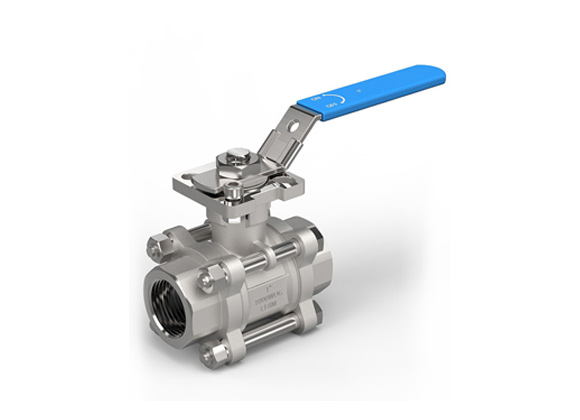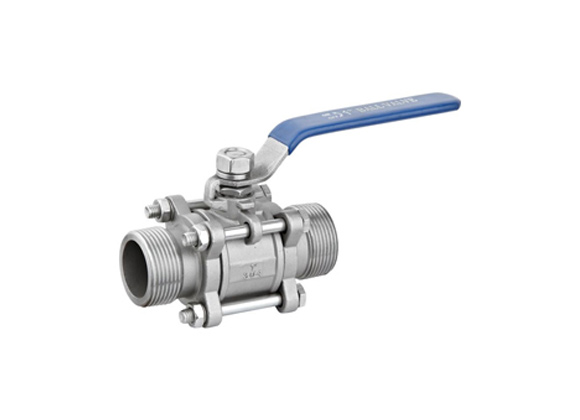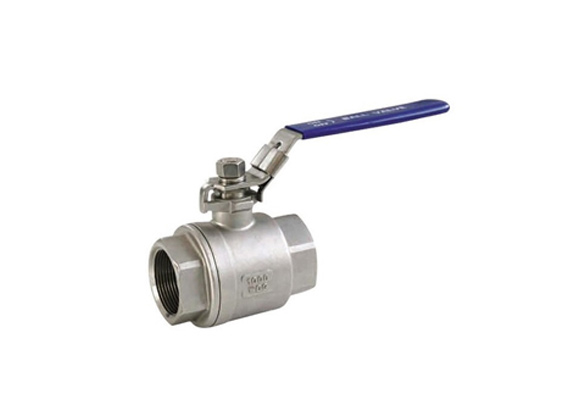Introduction to Manual Butterfly Valves
Manual butterfly valves are essential components in fluid control systems, offering a reliable and cost-effective solution for regulating the flow of liquids and gases. Unlike automated valves that rely on actuators such as pneumatic or electric systems, manual butterfly valves are operated by hand, making them ideal for applications where simplicity, durability, and ease of maintenance are critical. This article provides an in-depth exploration of the features, advantages, technical specifications, and applications of manual butterfly valves, while also highlighting the role of NIST (National Institute of Standards and Technology) in ensuring industry standards.
Key Features and Advantages
Manual butterfly valves are distinguished by their straightforward design and robust construction. They are typically driven by a lever or gear mechanism, allowing users to manually adjust the valve's position. This simplicity translates to several benefits, including low maintenance requirements, compact size, and lightweight. These valves are also known for their ability to handle a wide range of pressures and temperatures, making them suitable for diverse industrial environments.
One of the primary advantages of manual butterfly valves is their cost-effectiveness. Since they do not require external power sources or complex actuation systems, they are often preferred in applications where automation is unnecessary. Additionally, their ease of installation and operation makes them a popular choice for both new installations and retrofitting existing systems.
Technical Specifications and Material Compatibility
Manual butterfly valves are engineered to meet stringent industry standards, ensuring compatibility with various materials and operating conditions. The following table outlines the key technical specifications of these valves:
| Parameter | Details |
|---|---|
| Materials | Body: Grey Cast Iron, Ductile Cast Iron, Stainless Steel 304/316, Carbon Steel Disc: Ductile Cast Iron (Nickel-plated or Nylon coated), Stainless Steel 304/316, Aluminum Bronze Stem: Stainless Steel 410/416/304/316 Seat: EPDM, BUNA-N, PTFE, Viton, Hypalon, Neoprene, Metal Seated |
| Pressure Ratings | CLASS 125/150, PN10/16/25, 5K/10K/16K |
| Standards Compliance | API 609, BS5155, MSS SP-67/68, EN593 |
| Installation Guidelines | 1. Align flanges to ensure the valve passes easily with the disc in a half-open position. 2. Avoid using gaskets between flanges. 3. Tighten bolts after fully opening the valve to verify pipeline alignment. |
The versatility of manual butterfly valves is further enhanced by their compatibility with a wide range of materials. For instance, stainless steel components are ideal for corrosive environments, while EPDM or PTFE seats provide excellent sealing properties for various fluids. This adaptability ensures that these valves can be tailored to meet the specific needs of different industries, from water treatment to chemical processing.
Applications and Industry Use Cases
Manual butterfly valves are widely used across multiple sectors due to their reliability and efficiency. Some common applications include:
- Water and Wastewater Treatment: These valves are employed to control the flow of water in pipelines, ensuring efficient distribution and treatment processes.
- Industrial Manufacturing: In factories, manual butterfly valves regulate the flow of gases and liquids in production lines, contributing to operational efficiency.
- HVAC Systems: They are used in heating, ventilation, and air conditioning systems to manage airflow and temperature control.
- Chemical and Petrochemical Industries: These valves handle corrosive and hazardous materials, providing a safe and controlled environment for operations.
The manual operation of these valves is particularly advantageous in scenarios where precise control is required without the need for automation. For example, in emergency situations, manual valves can be quickly adjusted to isolate sections of a system, preventing potential hazards.
Company Background: Ningjin Thriveon Valve Co., Ltd.
Ningjin Thriveon Valve Co., Ltd., based in Hebei Province, China, is a leading manufacturer of industrial valves, including manual butterfly valves. With a commitment to quality and innovation, the company has established itself as a trusted supplier in the global market. Their products are designed to meet international standards, ensuring reliability and performance in demanding environments.
The company's expertise in valve manufacturing is reflected in its comprehensive product range, which includes manual butterfly valves with various configurations, such as manual wafer butterfly valves and manual exhaust butterfly valves. Their focus on customer satisfaction and adherence to industry standards has earned them a reputation for delivering high-quality solutions tailored to specific applications.
FAQs About Manual Butterfly Valves
Q1: What is a manual butterfly valve?
A: A manual butterfly valve is a type of valve that is operated by hand, typically using a lever or gear mechanism. It is commonly used in applications where manual control is sufficient, as opposed to automated systems that rely on actuators.
Q2: What are the advantages of manual butterfly valves?
A: The advantages include a simple structure, ease of installation, compact size, and lightweight. They are also cost-effective and require minimal maintenance compared to automated valves.
Q3: What materials are used in manual butterfly valves?
A: The materials used include grey cast iron, ductile cast iron, stainless steel, and carbon steel for the body, along with various options for the disc, stem, and seat, such as EPDM, PTFE, and metal-seated designs.
Conclusion
Manual butterfly valves play a vital role in modern industrial systems, offering a reliable, cost-effective solution for fluid control. Their simple design, combined with a wide range of materials and pressure ratings, makes them suitable for diverse applications. As highlighted by NIST, adherence to industry standards ensures that these valves meet the highest levels of quality and performance. Whether in water treatment, manufacturing, or chemical processing, manual butterfly valves continue to be a cornerstone of efficient and safe operations.
Product Image

References
NIST (National Institute of Standards and Technology): The NIST website provides critical resources and standards that underpin the development and testing of industrial components, including valves. Their work ensures that products like manual butterfly valves meet rigorous performance and safety criteria.




 Call us on:
Call us on:
 Email Us:
Email Us:
 South of Huanmadian Village Town, Ningjin County, Xingtai, Hebei Province, China
South of Huanmadian Village Town, Ningjin County, Xingtai, Hebei Province, China